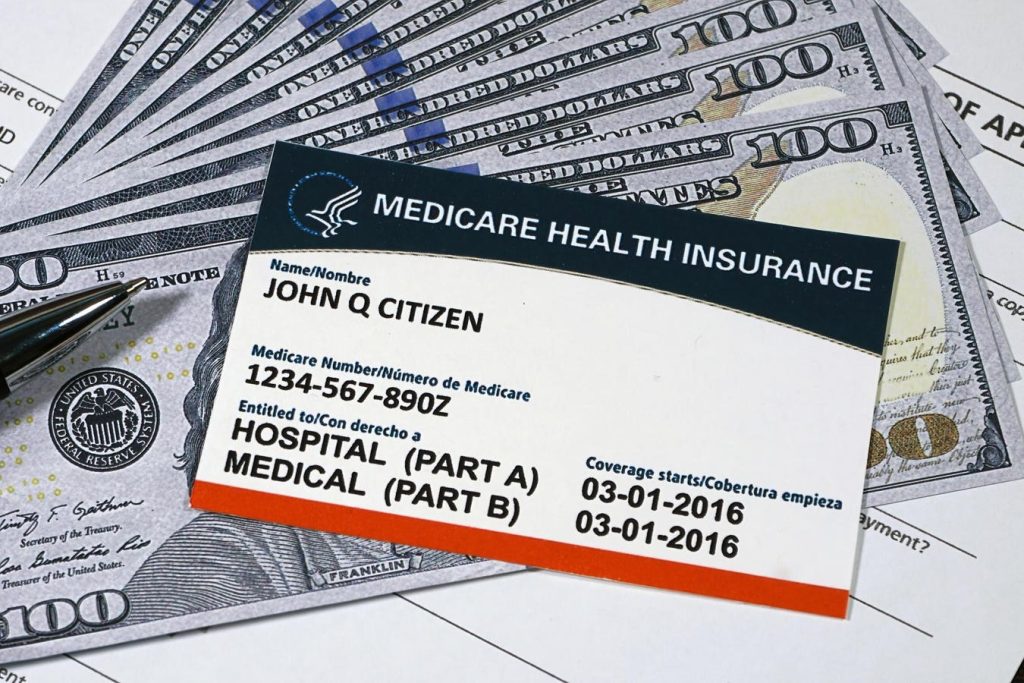The freedom to switch Medicare plans is often presented as a readily available option, but the reality is more nuanced. While the annual open enrollment period (October 15th to December 7th) allows beneficiaries to change their coverage, effectively starting January 1st, the flexibility extends to switching between Medicare Advantage plans, transitioning from Medicare Advantage to original Medicare, and vice versa. This also holds true during the initial enrollment period, a seven-month window surrounding a beneficiary’s 65th birthday. However, the ease of switching plans diminishes significantly once these periods have passed, despite the existence of regulations permitting certain changes.
Beyond open enrollment, Medicare regulations theoretically allow for shifts between Medigap (Medicare Supplement) policies and between Medicare Advantage plans at any time. Insurance providers often highlight this flexibility, assuring potential enrollees of minimal risk in trying out a plan. However, practical constraints often belie this advertised freedom. The key factor is the presence of guaranteed issue rights, which are largely limited to the initial enrollment period. During this period, Medigap insurers are mandated to offer policies to all applicants, regardless of pre-existing conditions, at the same age-based premium. This protection vanishes in most states once the initial enrollment period concludes, leaving beneficiaries vulnerable to medical underwriting.
The absence of guaranteed issue rights beyond the initial enrollment period significantly restricts plan switching. Insurers in most states are then free to assess an applicant’s medical history, potentially denying coverage or charging inflated premiums based on pre-existing conditions. This reality undercuts the perceived flexibility of switching Medigap plans. While some exceptions exist, such as for recent movers or those within the Medicare Advantage trial period, the lack of guaranteed issue creates a substantial barrier for many beneficiaries considering a switch. This leaves them uncertain about their eligibility for Medigap coverage or facing potentially higher premiums post-initial enrollment.
The Medicare Advantage trial period offers a critical, yet often overlooked, safeguard for beneficiaries. During the first year of enrollment in an Advantage plan, beneficiaries can reverse their decision, revert to original Medicare, and acquire a Medigap policy with guaranteed issue rights. This provides a crucial safety net for those who find the Advantage plan unsuitable. A similar provision applies to beneficiaries who initially chose original Medicare with a Medigap policy and later switched to an Advantage plan. Within a year, they can return to their previous Medigap policy or select any available policy in their state if the original one is no longer offered. This trial period represents a valuable opportunity for beneficiaries to reassess their coverage choices without incurring penalties or facing medical underwriting scrutiny.
The practical implications of these rules and limitations are significant. While changing between Medicare Advantage plans or moving from original Medicare to Advantage remains relatively straightforward, the reverse transition presents challenges. Those wishing to shift from Medicare Advantage back to original Medicare may encounter difficulties securing a Medigap policy due to the absence of guaranteed issue in most states. This restriction also impacts those seeking to change Medigap policies, requiring careful consideration of potential underwriting hurdles. The emphasis on flexibility in switching plans can be misleading, especially for those beyond their initial enrollment period and outside the Medicare Advantage trial window.
The choice between original Medicare and Medicare Advantage requires careful deliberation, extending beyond initial enrollment considerations. While Medicare Advantage plans have gained popularity, projected to cover over half of Medicare beneficiaries in 2024, their appeal stems from added benefits not included in original Medicare, often accompanied by lower premiums and out-of-pocket costs for healthier individuals. However, these advantages can be offset by higher potential costs for those requiring extensive medical care and limited provider networks. Original Medicare, supplemented by a Medigap policy and a Part D prescription drug plan, provides more comprehensive coverage and broader provider choice but may come with higher upfront premiums. A long-term perspective, considering potential future health needs and financial circumstances, is crucial when navigating the complexities of Medicare plan choices. The perceived flexibility in switching plans must be balanced against the practical limitations imposed by guaranteed issue restrictions and the varying structures of Medicare Advantage and original Medicare.

